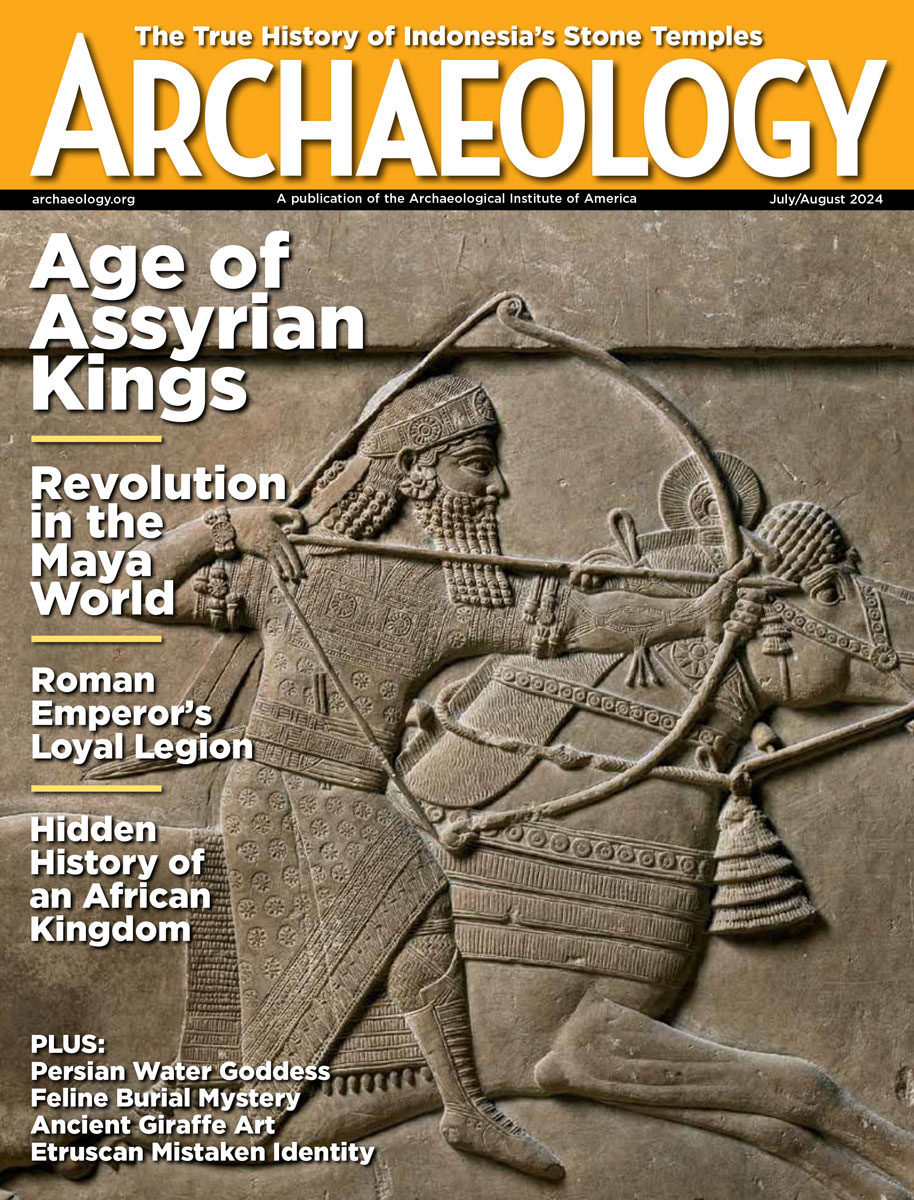Friday, June 27
June 27, 2008
In Serbia, a jaw holding three teeth is thought to be 250,000 years old, and the earliest evidence of humans in the area. “We were looking for Neanderthals, but this is much better,” said Mirjana Roksandic of Winnipeg University.
Several painted wooden coffins and statues of their owners have been discovered near Saqqara, Egypt. “These coffins were found in the tombs of senior officials of the 18th and 19th dynasties,” Zahi Hawass, director of the Supreme Council of Antiquities, told reporters. Â
Hawass also addressed the looting of Cairo’s historic mosques. The Supreme Council of Antiquities and the Ministry of Awqaf [endowments] have been bickering over who’s responsible for their security. “Securing and preserving Egypt’s Islamic monuments is not only the responsibility of the ministries of culture, awqaf, interior, the SCA, and the relevant governorate. It is the responsibility of all Egyptians who want to protect their heritage and their history,” he said. Â
Pakistan’s ancient Hindu temple at Katas Raj has been stripped of all of its carvings but one. “The smugglers are powerful people, equipped with all kinds of modern tools, including stone cutters, diggers, and metal detectors….Now they have their eyes on this sculpture, which is evident by the fact that it has been chipped from all sides. I will not be surprised if it is plucked out soon,” said Javed Akram Kumar, chief of the Katas Raj Parbandh Committee. Â
DNA analysis of samples taken from 56 individuals unearthed in Denmark suggests that ancient populations were much more genetically diverse than modern Danes. “At all the sites we have investigated in Denmark we have found rare [genetic] types and types that are not common or present in Europe today,” said Linea Melchior of the Institute of Forensic Medicine at the University of Copenhagen. Â
Florida’s state historic officials want to rewrite treasure salvaging rules, requiring a certified archaeologist on site at all times, and banning the search of shipwrecks that could hold human remains. “Every shipwreck has the potential for human remains. That means no one ever gets permits ever again,” complained salver John Brandon.  Â
Archaeologists working at the 5,000-year-old Souskiou-Laona settlement in Cyprus think they have found a jewelry workshop, where cruciform figurines and large pendants were made from local minerals.
- Comments Off on Friday, June 27









